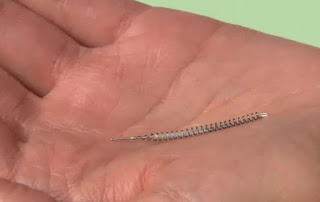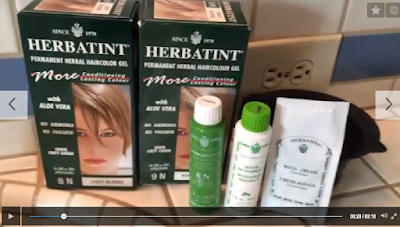Bayer's Essure® is permanent birth control that works by creating a natural barrier against pregnancy. But women experiencing nickel allergy need to think twice about using this product.
A dream come true?
The site’s Benefits/Risks page offers a long list of positives, including several items that could come most ladies' “birth control wish-list”. Essure is a non-surgical sterilization procedure that can be performed in a doctor’s office without any incision.It doesn’t use any hormones or silicone, both of which have received negative press recently, causing women to think carefully about what goes into their bodies. The fact that the procedure is often covered by insurance makes it seem like a dream come true. But as with anything, it’s important to look past the hyped-up language and directly into the facts.
Essure makes the following claims on its website: “Quick recovery … most women return to their normal activities within one day.”
Some women return to their normal activities that quickly, but many need three to five days, and some women claim that it took up to two weeks.
“No general anesthesia required – … Although some physicians may offer general anesthesia, this is not a requirement of the procedure …”
It’s true that the procedure doesn’t require general anesthesia. However, many doctors do require it for the placement of the coils.
“No hormones or silicone – … Essure micro-inserts do not contain silicone or release hormones…”
http://urbanmilwaukeedial.com/2008/05/01/essure-be-careful-what-you-wish-for/
So How Does Essure Relate To Nickel Allergy?
The inserts are hormone and silicone free, but they contain nickel, which many people are allergic to. If you’ve ever had a reaction to jewelry or the snap on your jeans, you are at risk to have a reaction to the inserts as well.Since 2004, almost 850 women and doctors have filed Adverse Event Reports with the Food and Drug Administration (FDA) about Essure birth control.
They detail extreme symptoms -- from women experiencing excess bleeding, rashes and bloating to women who were forced to have their reproductive organs removed.
The Essure Safety page clearly states the following:
The Essure insert is made of materials that include a nickel-titanium alloy. Patients who are allergic to nickel may have an allergic reaction to the inserts. Symptoms include rash, itching and hives
The FDA has received more than 4,800 adverse event reports since the device went to market in 2002 and a Facebook page dedicated to the issue has grown to more than 17,000 members. Most of the comments and photos detail side effects from an allergy to nickel, which is a component of the coils.












